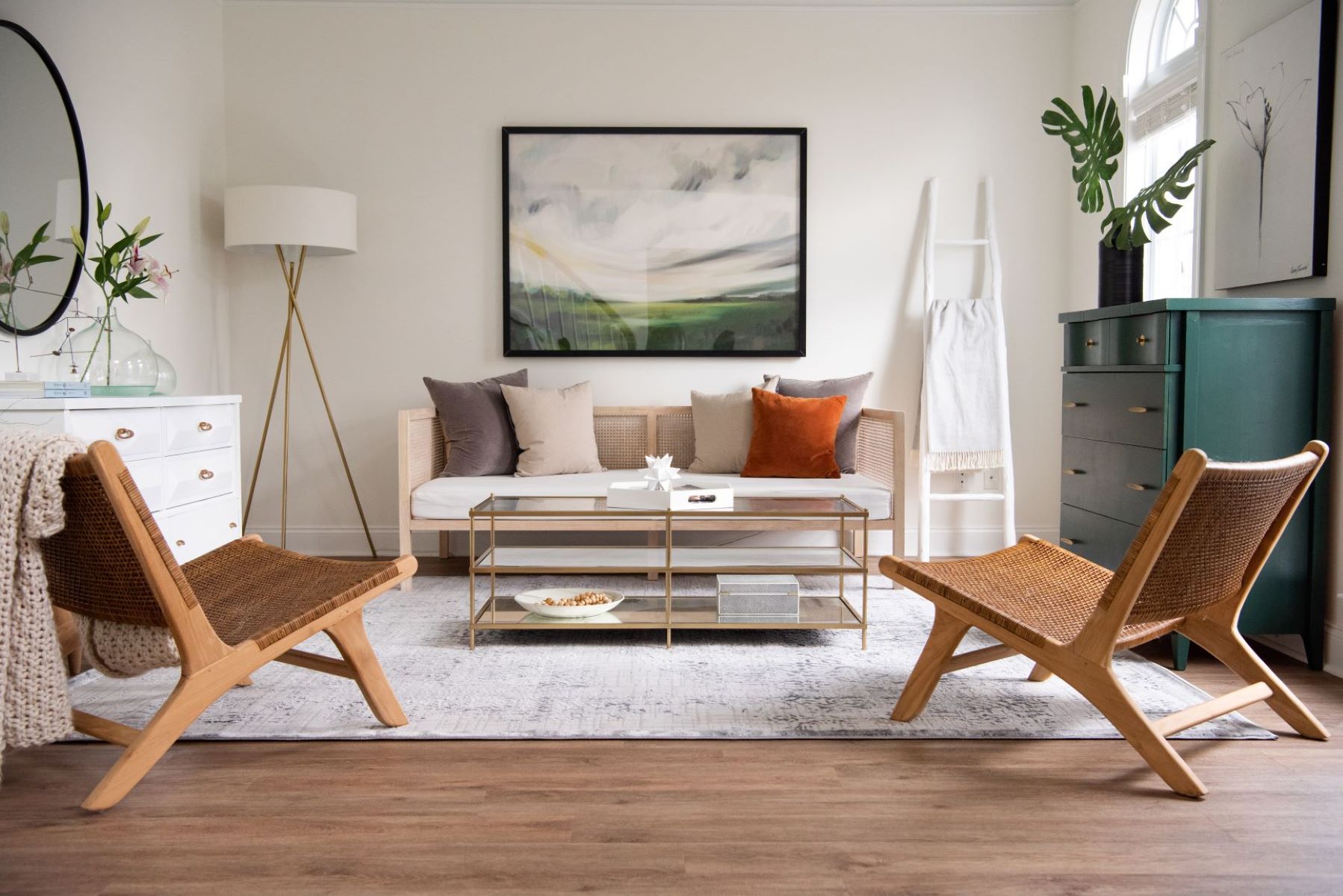

Articles
How Much Are Rugs
Modified: October 20, 2024
Looking for articles on how much rugs cost? Discover the price range and factors that affect rug pricing in our informative articles.
(Many of the links in this article redirect to a specific reviewed product. Your purchase of these products through affiliate links helps to generate commission for Storables.com, at no extra cost. Learn more)
Introduction
When it comes to home decor, rugs play a crucial role in adding warmth, style, and personality to any space. Whether you’re looking to enhance the ambiance of your living room, bedroom, or even office, finding the perfect rug is essential. However, one common question that arises for many people is, “How much are rugs?”
The price of rugs can vary significantly depending on several factors. Understanding these factors can help you make an informed decision when it comes to purchasing a rug that fits your budget and meets your aesthetic requirements. In this article, we will explore the various aspects that influence rug prices and provide insights into popular rug styles and their associated costs.
So, if you’re wondering how much you need to budget for a rug or if there are any affordable options available, keep reading to discover valuable tips and information to make your rug buying experience a success.
Key Takeaways:
- Understanding the factors that influence rug prices, such as material, design complexity, and size, empowers buyers to make informed decisions and find a rug that fits their budget and aesthetic preferences.
- By exploring alternative materials, shopping strategically, and considering secondhand options, buyers can find affordable rugs without sacrificing quality or style, making rug buying a rewarding and budget-friendly experience.
Read more: How Much Are Rugs In Morocco
Factors Influencing Rug Prices
Several factors contribute to the pricing of rugs. Understanding these factors will help you gauge the value and potential cost of a rug before making a purchase. Here are some of the key elements that influence rug prices:
- Material: The type of material used in a rug significantly impacts its price. Natural fibers like wool, silk, and cotton tend to be more expensive than synthetic materials. Wool rugs, known for their durability and softness, are generally priced higher than rugs made from synthetic fibers like polyester or nylon.
- Design and Complexity: Intricate designs, patterns, and motifs require skilled craftsmanship and more time to create, which can increase the price of a rug. Rugs with complex designs, such as Persian or Oriental rugs, often carry a higher price tag due to their artistic and cultural significance.
- Size: The size of a rug plays a significant role in determining its price. Larger rugs require more materials and labor, making them more expensive than smaller ones. Additionally, custom-sized rugs or oversized rugs may come with a higher price due to their unique specifications.
- Origin: Rugs that are handcrafted in regions with a rich rug-making heritage, such as Turkey, Iran, or Morocco, are often priced higher due to the skill and expertise involved in their creation. These rugs may also have cultural or historical significance, increasing their value.
It’s essential to keep in mind that these factors are interconnected and influence each other. For example, a larger rug made from high-quality wool with a complex design and originating from a renowned rug-making region will naturally carry a higher price. However, rugs with lower price points can still be of good quality and add beauty to your space.
Now that we have explored the factors that influence rug prices, let’s take a closer look at the different materials commonly used in rugs.
Materials Used in Rugs
The materials used in rugs contribute to their appearance, texture, and durability. Each material brings its unique characteristics, influencing the overall price of the rug. Here are some commonly used materials in rug making:
- Wool: Wool is a popular material for rugs due to its natural softness, durability, and ability to hold vibrant colors. It is often used in high-quality handcrafted rugs and is known for its natural stain resistance. Wool rugs tend to be more expensive due to the material’s premium quality.
- Silk: Silk is a luxurious material used in rugs to create a lustrous and smooth surface. Silk rugs are prized for their intricate details and sheen. The labor-intensive process of extracting silk from silkworms contributes to the higher price of silk rugs.
- Cotton: Cotton is commonly used as a foundation material in rugs as it provides strength and flexibility. It is often combined with other materials, like wool, to create a more affordable and durable rug. Cotton rugs are generally less expensive compared to rugs made from wool or silk.
- Jute: Jute is a natural fiber known for its durability and affordability. Rugs made from jute have a distinct textured look and are often used in casual or coastal-inspired decor. Jute rugs are generally more affordable, making them an attractive option for budget-conscious buyers.
- Synthetic Fibers: Synthetic materials like polyester, nylon, and acrylic are commonly used in machine-made rugs. These materials offer affordability, colorfastness, and resistance to stains and fading. While synthetic fiber rugs are generally less expensive, they may lack the luxurious feel and long-term durability of natural fiber rugs.
It’s important to consider your preferences, budget, and the intended use of the rug when deciding on the material. Natural fibers like wool or silk are ideal for areas with high foot traffic, while synthetic fiber rugs may be more suitable for low-traffic areas or spaces with pets or children.
Now that we have explored the materials used in rugs, let’s dive into the difference between handmade and machine-made rugs and their impact on pricing.
Handmade vs. Machine-made Rugs
When it comes to rugs, one crucial distinction is whether they are handmade or machine-made. This distinction not only affects the overall quality and aesthetics of the rug but also plays a significant role in its pricing. Let’s explore the differences between these two types:
Handmade Rugs:
Handmade rugs are crafted by skilled artisans who use traditional techniques passed down through generations. These rugs are made using hand-operated looms or by hand-knotting individual strands of fiber. The painstaking process of handcrafting a rug makes each piece unique and imbued with a sense of artistry and craftsmanship.
Handmade rugs are known for their exceptional quality, intricate patterns, and attention to detail. Artisans often use natural materials like wool or silk, resulting in rugs that are soft, durable, and visually stunning. Due to the labor-intensive nature of their creation, handmade rugs are generally more expensive compared to machine-made options.
Machine-made Rugs:
Machine-made rugs, as the name suggests, are produced using automated machines. These rugs are mass-produced in factories using synthetic fibers or a combination of natural and synthetic materials. The process of making machine-made rugs is faster and more efficient, resulting in a larger quantity of rugs being produced at a lower cost.
Machine-made rugs often have consistent patterns and designs, with precise symmetry. While they may lack the uniqueness and individuality of handmade rugs, machine-made options still offer a wide range of styles, colors, and sizes to choose from. These rugs are generally more affordable and can be a practical choice for those on a budget or looking for a specific design.
It’s important to note that both handmade and machine-made rugs have their own merits and can add beauty to your space. The choice between the two depends on your personal preferences, budget, and the level of artistry and authenticity you seek.
Now that we have discussed handmade and machine-made rugs, let’s examine how rug sizes can impact pricing.
Rug Sizes and Prices
The size of a rug is a crucial factor in determining its price. Rug sizes can vary significantly, ranging from small accent rugs to large area rugs that cover a substantial portion of the floor. Here’s how rug sizes can impact pricing:
- Small Rugs: Small rugs, also known as accent rugs, typically measure around 2×3 to 4×6 feet in size. These rugs are often used to add a pop of color or texture to specific areas in a room, such as near the doorway or beside a bed. Small rugs are more affordable compared to larger ones due to the lesser amount of materials and labor required to produce them.
- Medium-Sized Rugs: Medium-sized rugs usually range from 5×8 to 6×9 feet in size. These rugs are commonly used in living rooms, dining areas, or bedrooms to define a specific seating or conversation area. The price of medium-sized rugs falls between small and large rugs, depending on factors like material, design complexity, and origin.
- Large Area Rugs: Large area rugs can measure anywhere from 8×10 to 10×14 feet or even larger. These rugs are often the centerpiece of a room, covering a significant portion of the floor and tying the entire space together. Due to their size and the increased amount of materials and labor needed to create them, large rugs tend to be more expensive.
- Custom-Sized Rugs: Some buyers may opt for custom-sized rugs to perfectly fit their unique space. Custom-sized rugs can be smaller or larger than standard sizes and are crafted to meet specific dimensions. While custom-sized rugs offer the advantage of a perfect fit, they typically come with a higher price due to the additional customization required.
It’s important to measure your space and determine the appropriate rug size before making a purchase. Keep in mind that larger rugs can have a significant impact on the overall look and feel of a room, while smaller rugs can serve as decorative accents. Consider your budget and the intended purpose of the rug when selecting the right size for your space.
Now that we have explored rug sizes and their impact on pricing, let’s delve into popular rug styles and their associated costs.
When shopping for rugs, consider the size, material, and construction to determine the cost. Handmade or natural fiber rugs tend to be more expensive than machine-made or synthetic ones. Additionally, larger sizes and intricate designs can also increase the price.
Read more: How Much Does Rug Cleaning Cost?
Popular Rug Styles and Their Costs
Rugs come in a wide variety of styles, each with its unique charm and character. The style of a rug can greatly influence its cost, as some styles are more intricate or have a higher demand in the market. Here are some popular rug styles and their associated costs:
- Persian Rugs: Persian rugs, originating from Iran, are known for their timeless beauty and intricate designs. These rugs often feature detailed floral patterns, vibrant colors, and a luxurious feel. Persian rugs come in various sizes and materials, ranging from wool to silk. Due to their exceptional craftsmanship and cultural significance, Persian rugs tend to be higher in price.
- Oriental Rugs: Oriental rugs encompass a wide range of styles, including Persian, Turkish, and Afghan rugs. These rugs feature intricate motifs, geometric patterns, and rich colors. Oriental rugs are traditionally handcrafted using high-quality materials like wool or silk. The price of Oriental rugs varies based on factors such as size, materials used, and design complexity.
- Contemporary Rugs: Contemporary rugs offer a modern twist on traditional designs. These rugs often feature bold patterns, abstract motifs, and a mix of colors. Contemporary rugs are available in a range of materials, including wool, silk, or synthetic fibers. The cost of contemporary rugs can vary widely depending on factors like size, materials, and designer brand.
- Bohemian Rugs: Bohemian-style rugs are characterized by their colorful, eclectic designs and patterns. These rugs often incorporate unique elements like fringe, tassels, or distressed finishes. Bohemian rugs are typically crafted using a mix of natural and synthetic fibers, making them more affordable compared to some other styles.
- Traditional Rugs: Traditional rugs evoke a sense of elegance and timelessness. They feature classic motifs, symmetrical patterns, and a refined color palette. Traditional rugs can be found in various sizes and materials, including wool and silk. The cost of traditional rugs depends on the materials used, intricacy of design, and origin.
It’s important to note that the prices mentioned here are general estimates, and actual costs can vary based on factors like brand reputation, condition, and market demand. Additionally, vintage or antique rugs may command higher prices due to their rarity and historical significance.
When choosing a rug style, consider the overall aesthetic of your space and your personal preferences. Explore different styles and compare prices to find a rug that fits your budget and complements your decor.
Now that we have explored popular rug styles, let’s discuss the factors you should consider when pricing rugs.
Factors to Consider When Pricing Rugs
When it comes to pricing rugs, there are several factors to take into consideration. These factors can help you determine the value and cost of a rug, ensuring you make an informed purchasing decision. Here are some important factors to consider when pricing rugs:
- Quality: The quality of a rug plays a significant role in its price. Higher-quality rugs are often crafted with superior materials, such as hand-spun wool or natural silk, and undergo meticulous craftsmanship. These rugs tend to be more durable, have better color retention, and boast intricate designs. Assessing the quality of a rug involves examining the materials used, the weaving technique, and the overall attention to detail.
- Condition: The condition of a rug impacts its price, particularly in the case of vintage or antique rugs. Factors such as wear and tear, stains, or fading can affect the value of a rug. A well-preserved and well-maintained rug will generally command a higher price compared to one in poorer condition. It’s essential to carefully inspect the rug for any signs of damage before making a purchase.
- Age and Rarity: Vintage or antique rugs can be highly sought after due to their age, historical significance, and rarity. These rugs often have unique designs or craftsmanship that sets them apart. The age and rarity of a rug can significantly impact its price, with older or rarer pieces being more expensive. It’s important to authenticate the age and origin of such rugs to ensure their value.
- Brand and Reputation: Brands and reputation can play a role in rug pricing. Established brands known for their high-quality craftsmanship and innovative designs often command premium prices. Additionally, renowned rug-making regions or specific workshops known for exceptional craftsmanship may influence the price of a rug.
- Market Demand: Market demand and trends can influence rug prices. Certain styles, designs, or materials may be more popular at a given time, leading to higher prices for rugs that fall within those trends. Being aware of market demand can help you gauge whether the price of a rug is reasonable or inflated.
Considering these factors will help you navigate the rug market and make an informed decision when determining the fair price for a rug. Remember to thoroughly research and compare different options to ensure you get the best value for your money.
Now let’s explore some tips for buying affordable rugs without compromising on style or quality.
Tips for Buying Affordable Rugs
Buying a rug doesn’t have to break the bank. With a little research and smart shopping strategies, you can find affordable rugs that enhance your space without compromising on style or quality. Here are some tips to help you buy affordable rugs:
- Set a Budget: Determine a budget before you start your search for a rug. This will help you narrow down your options and prevent overspending. Be realistic about what you can afford and focus on finding rugs within your price range.
- Consider Alternative Materials: Instead of opting for expensive natural materials like silk or wool, consider rugs made from synthetic fibers like polyester or nylon. These materials can offer durability and style at a more affordable price point.
- Shop Online: Online shopping provides access to a wide range of rug options and allows you to compare prices from different retailers. Look for reputable online rug stores or marketplaces that offer competitive prices and discounts.
- Look for Sales and Clearance: Keep an eye out for sales and clearance events, both in physical stores and online. Retailers frequently offer discounts on rugs to make room for new inventory, providing an opportunity to find great deals.
- Consider Secondhand or Vintage: Explore secondhand or vintage markets for unique and affordable rug options. Thrift stores, flea markets, and online classifieds can be treasure troves for finding pre-loved rugs at a fraction of the original price.
- Opt for Smaller Sizes: Smaller rugs are generally more affordable than larger ones. Consider using multiple smaller rugs to create a layered or eclectic look, rather than investing in one large and expensive rug.
- Focus on Timeless Styles: Choose rugs with timeless styles and designs that won’t go out of fashion quickly. This will ensure that your rug remains a versatile piece that can adapt to future changes in your decor, saving you money in the long run.
- Check for Discounts and Promotions: Follow your favorite rug retailers on social media or subscribe to their newsletters to stay updated on any discounts, promotions, or exclusive offers. This can help you snag a deal or access insider sales.
- Consider DIY Options: If you’re feeling creative, consider making your own rug using affordable materials like rope, fabric scraps, or even paint. DIY rugs can be a fun and cost-effective way to personalize your space.
By following these tips, you can find affordable rugs that meet your budget and style preferences. Remember, it’s not just about the price; it’s about finding a rug that adds value and enhances your space.
Now that we’ve explored tips for buying affordable rugs, let’s conclude our article.
Conclusion
When it comes to purchasing rugs, understanding the factors that influence their pricing is crucial. Factors such as material, design complexity, size, origin, and construction method all play a role in determining the cost of a rug. By considering these factors, you can make an informed decision and find a rug that not only matches your style and budget but also adds beauty and warmth to your space.
Whether you prefer timeless Persian rugs, intricate Oriental rugs, or contemporary designs, there is a wide range of styles and materials available to suit every taste and budget. Additionally, exploring alternative materials, shopping online, seeking sales and clearance events, and considering secondhand or vintage options are all effective strategies for finding affordable rugs without compromising on quality or style.
Remember, buying a rug is an investment in your home’s aesthetics and comfort. Take the time to research, compare prices, and assess the quality and condition of a rug before making a purchase. By doing so, you can ensure that you find a rug that not only meets your budget but also reflects your personal style and withstands the test of time.
So, whether you’re looking to add a touch of elegance to your living room or a cozy accent to your bedroom, take advantage of the plethora of rug options available and find the perfect rug that fits your taste and budget. With a little effort and careful consideration, you’ll be able to find an affordable rug that adds charm and character to your space for years to come.
Frequently Asked Questions about How Much Are Rugs
Was this page helpful?
At Storables.com, we guarantee accurate and reliable information. Our content, validated by Expert Board Contributors, is crafted following stringent Editorial Policies. We're committed to providing you with well-researched, expert-backed insights for all your informational needs.
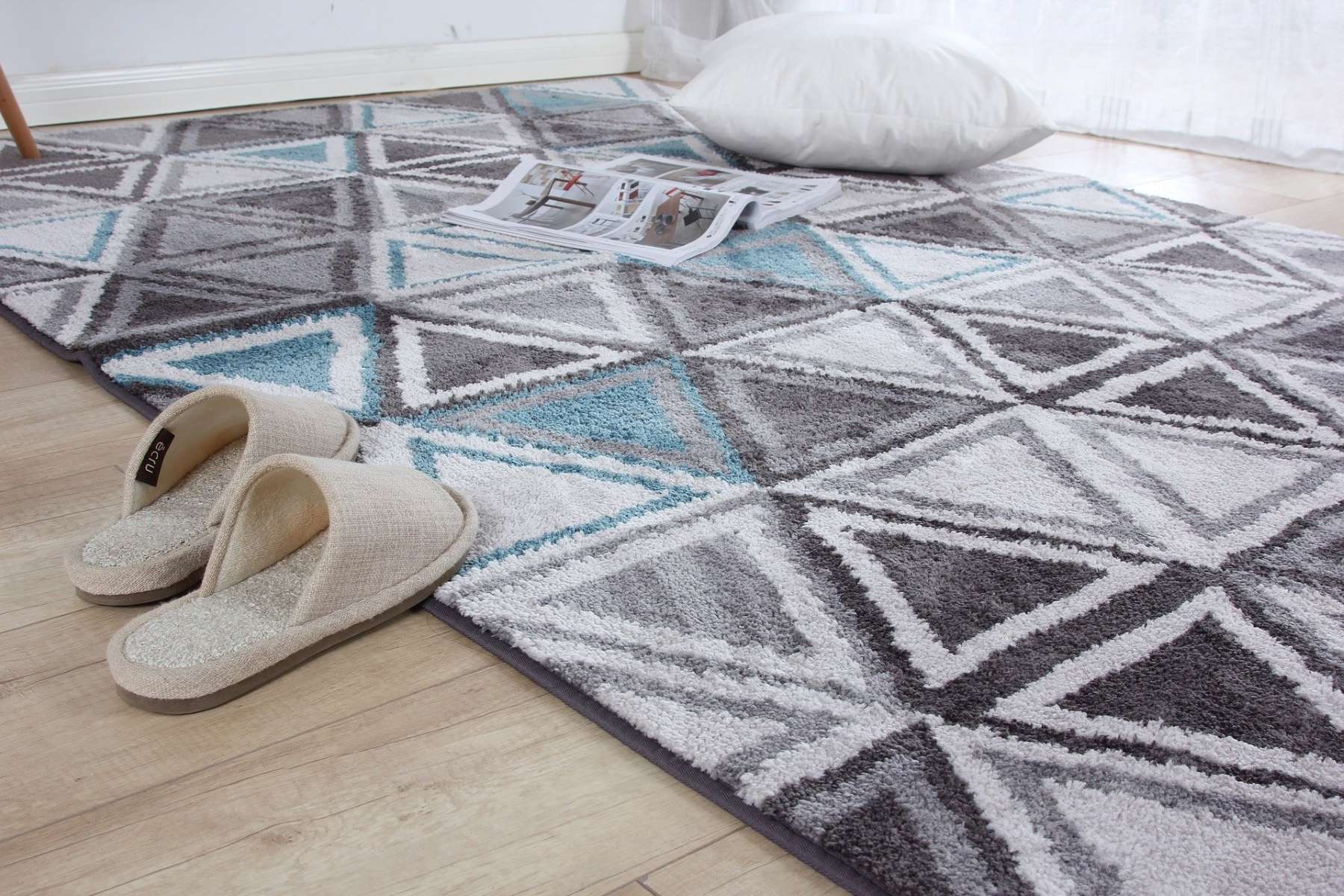
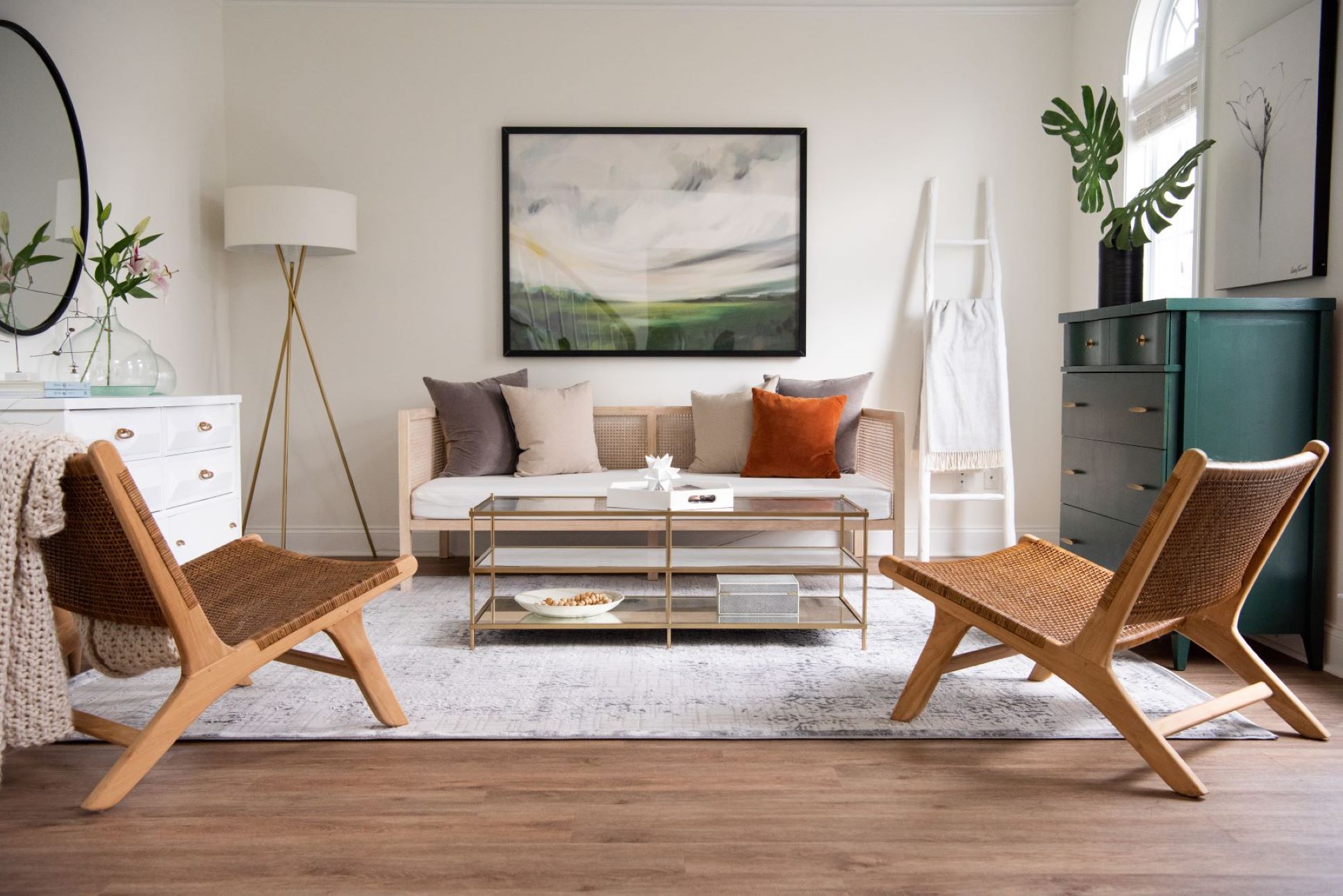


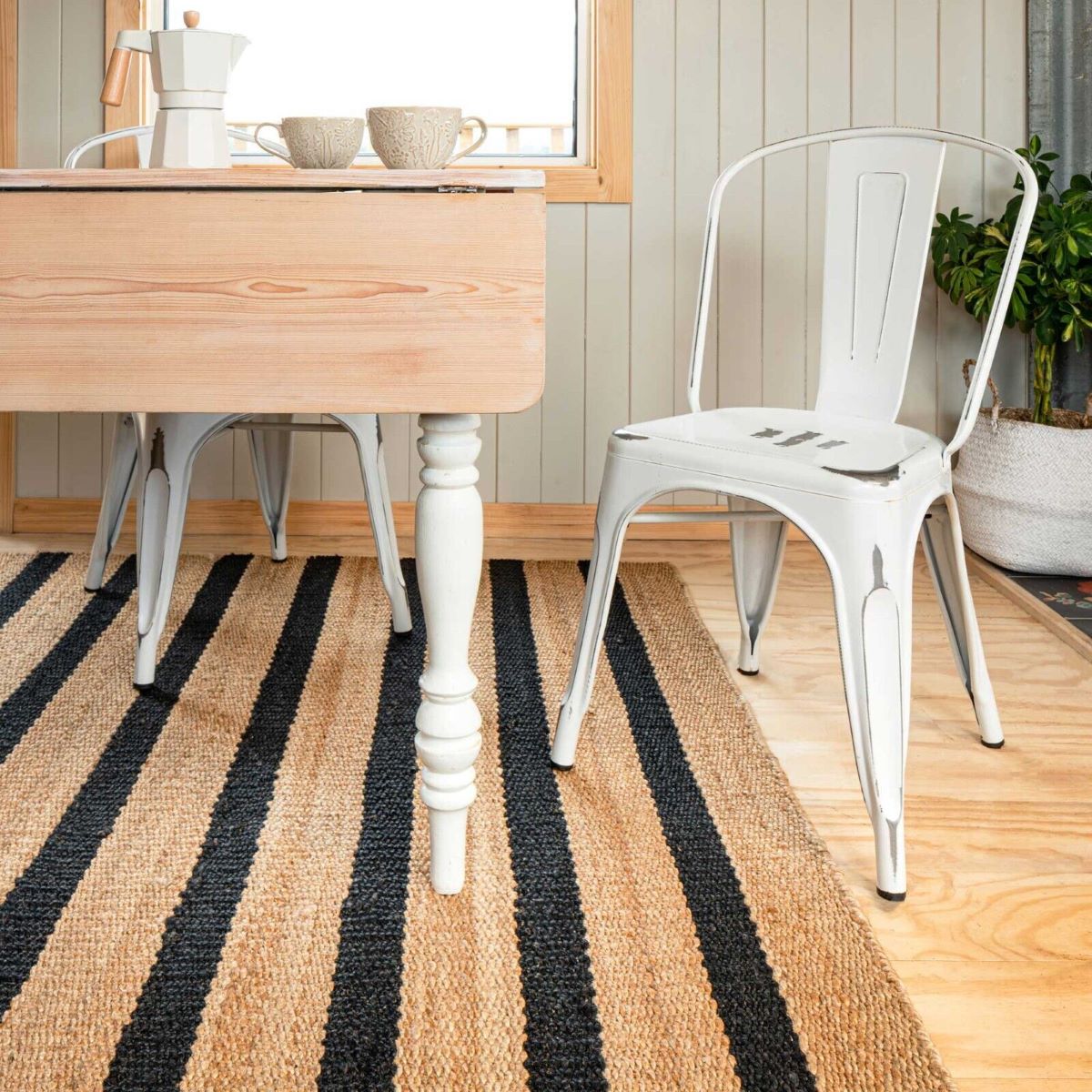
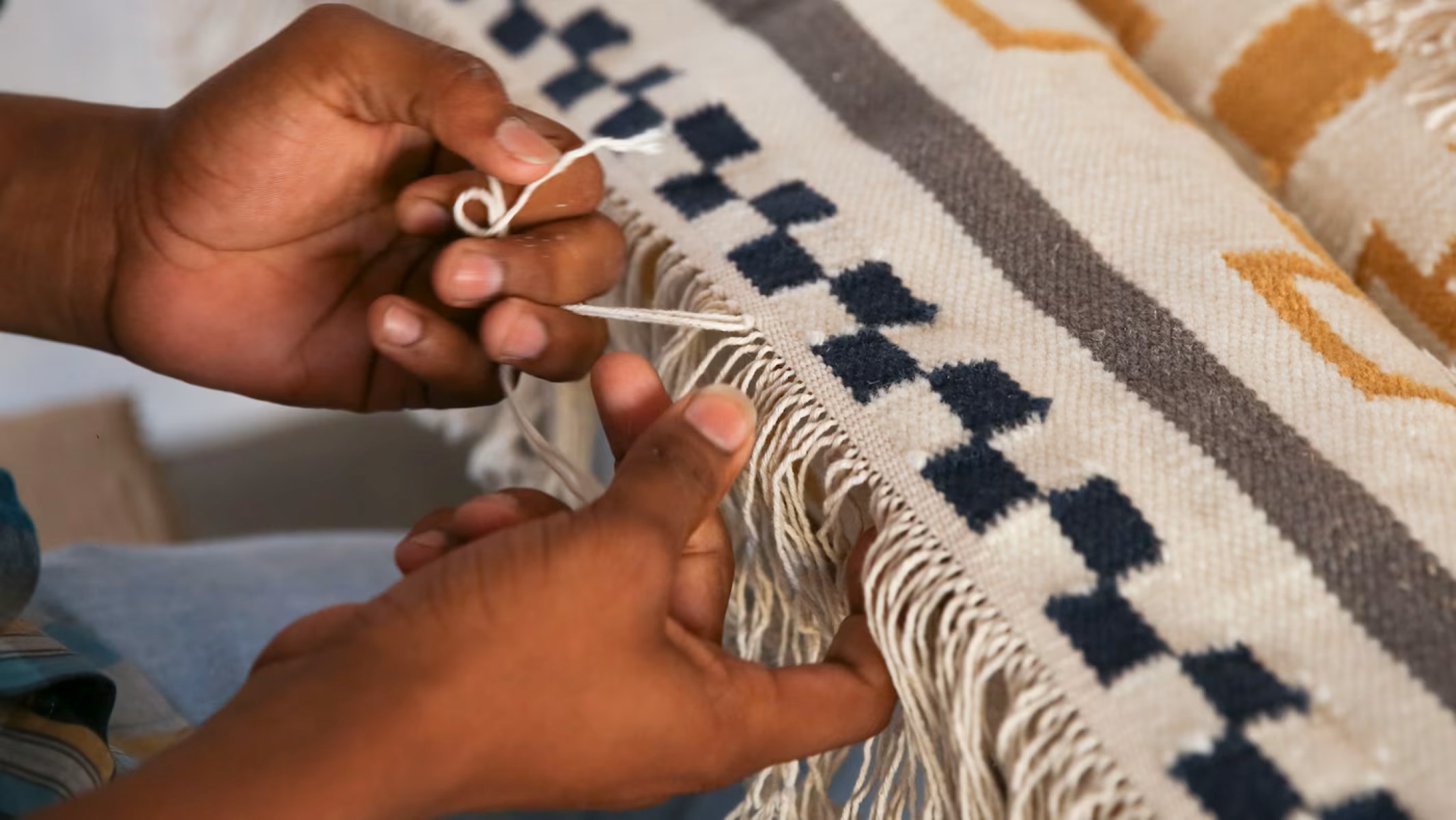
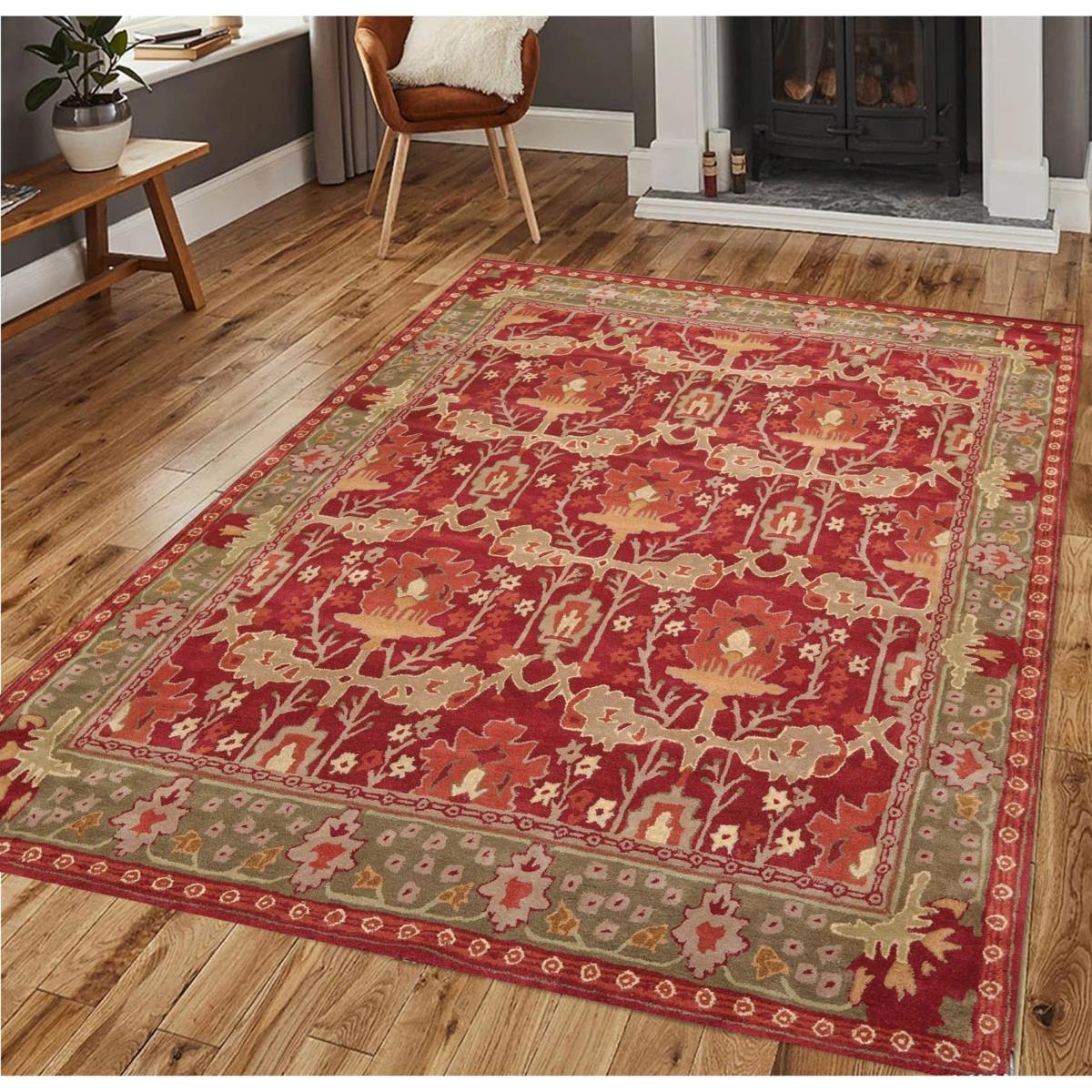
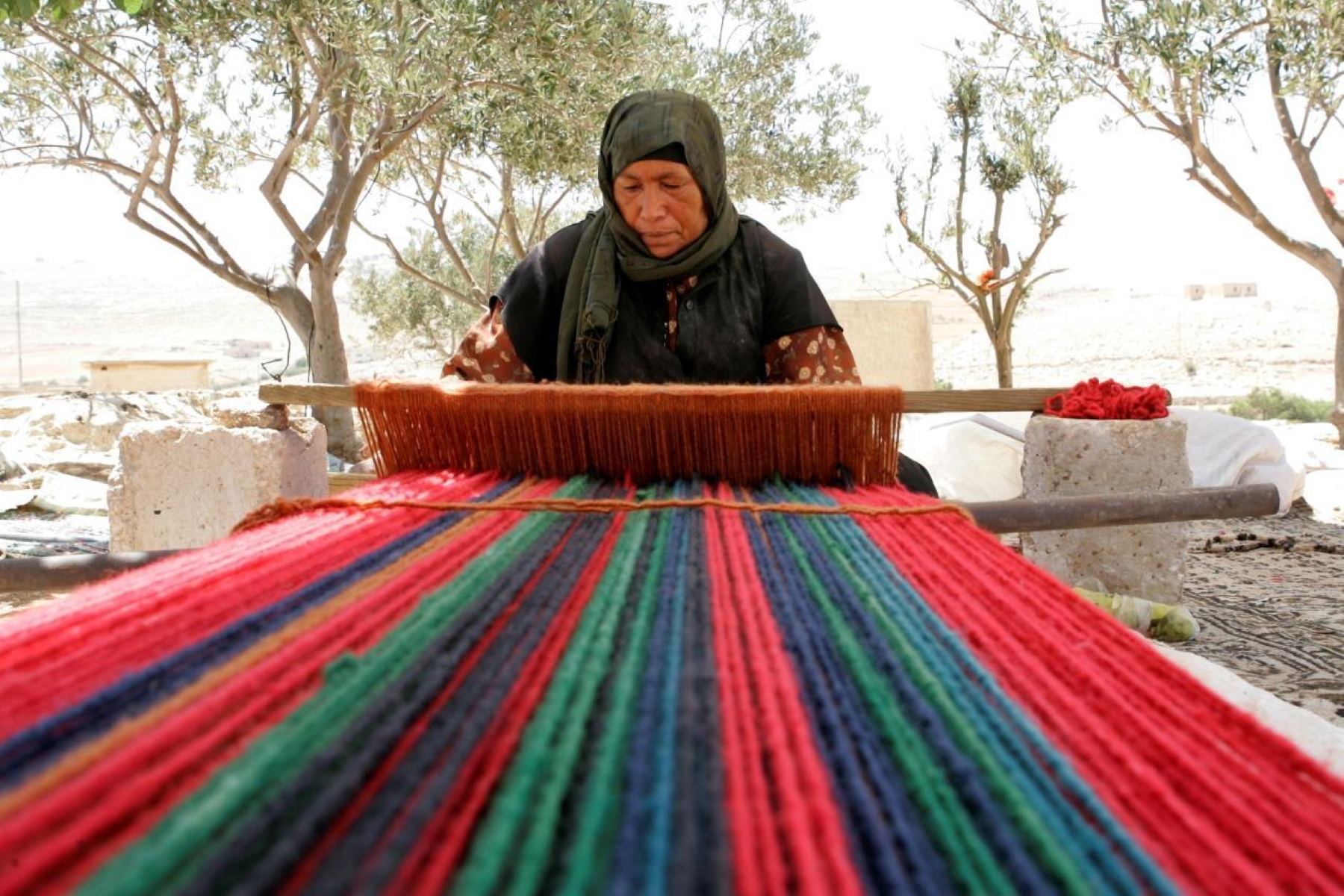

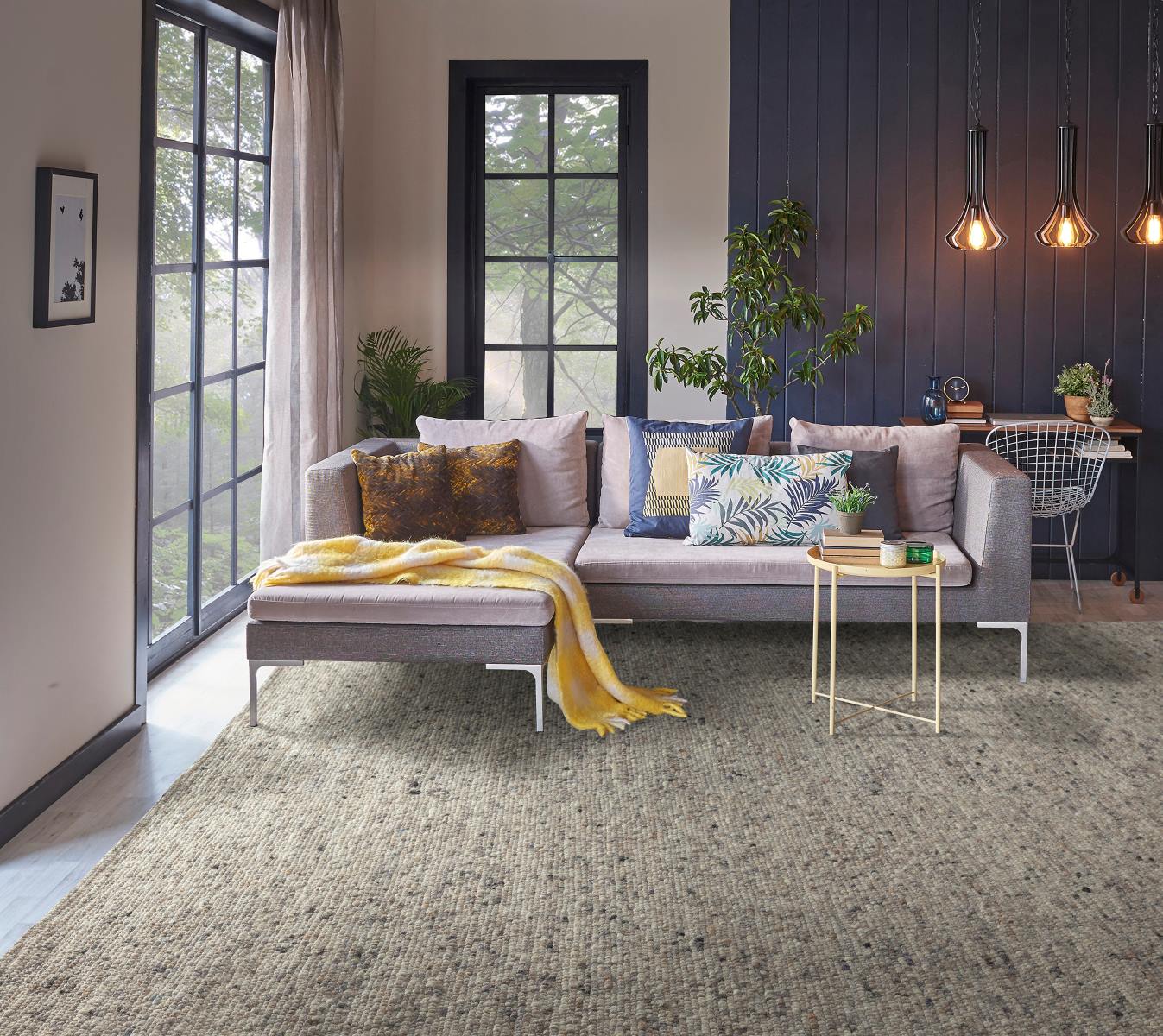
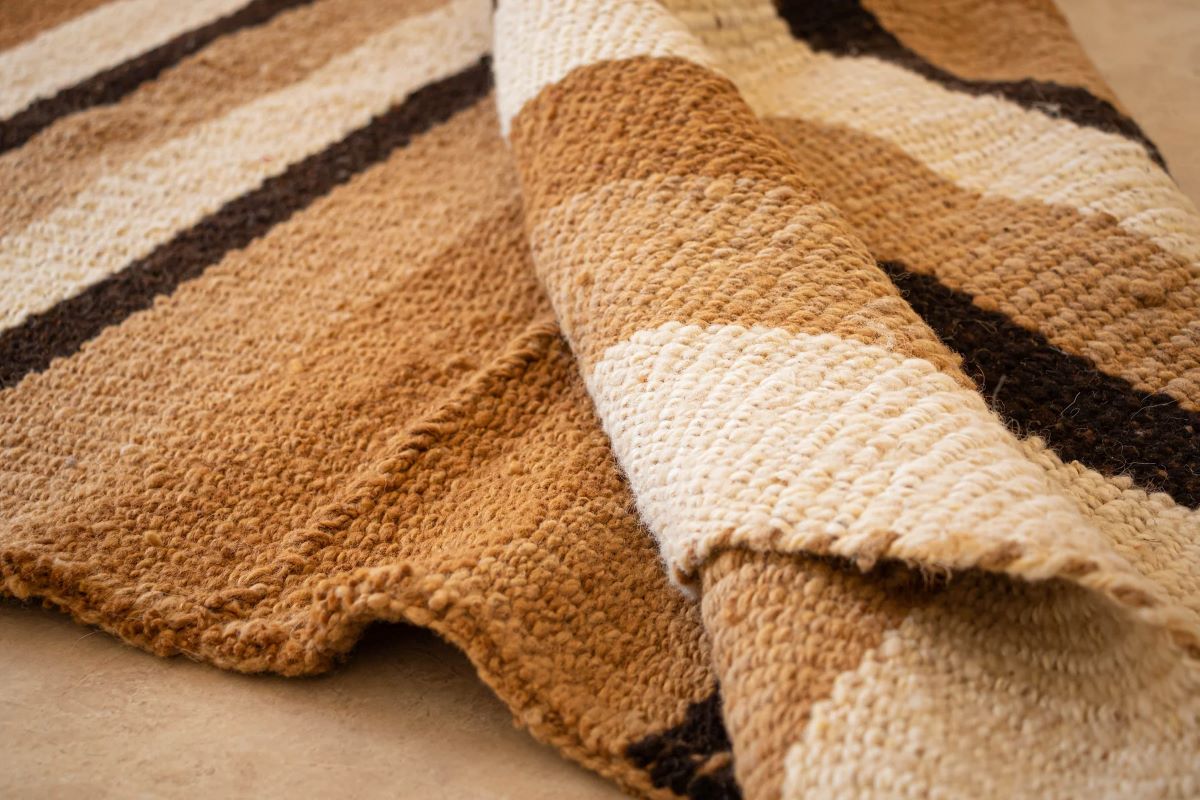
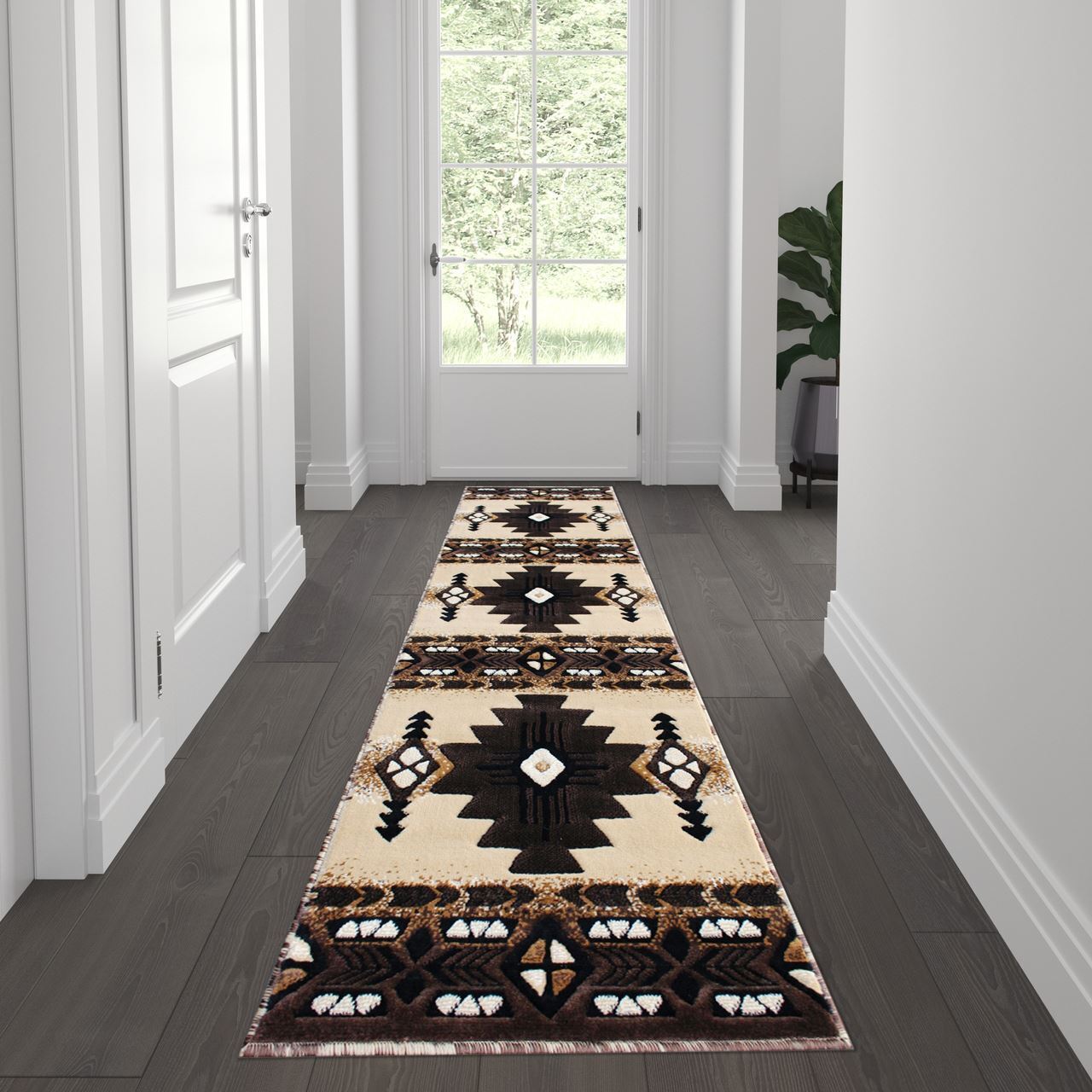



0 thoughts on “How Much Are Rugs”